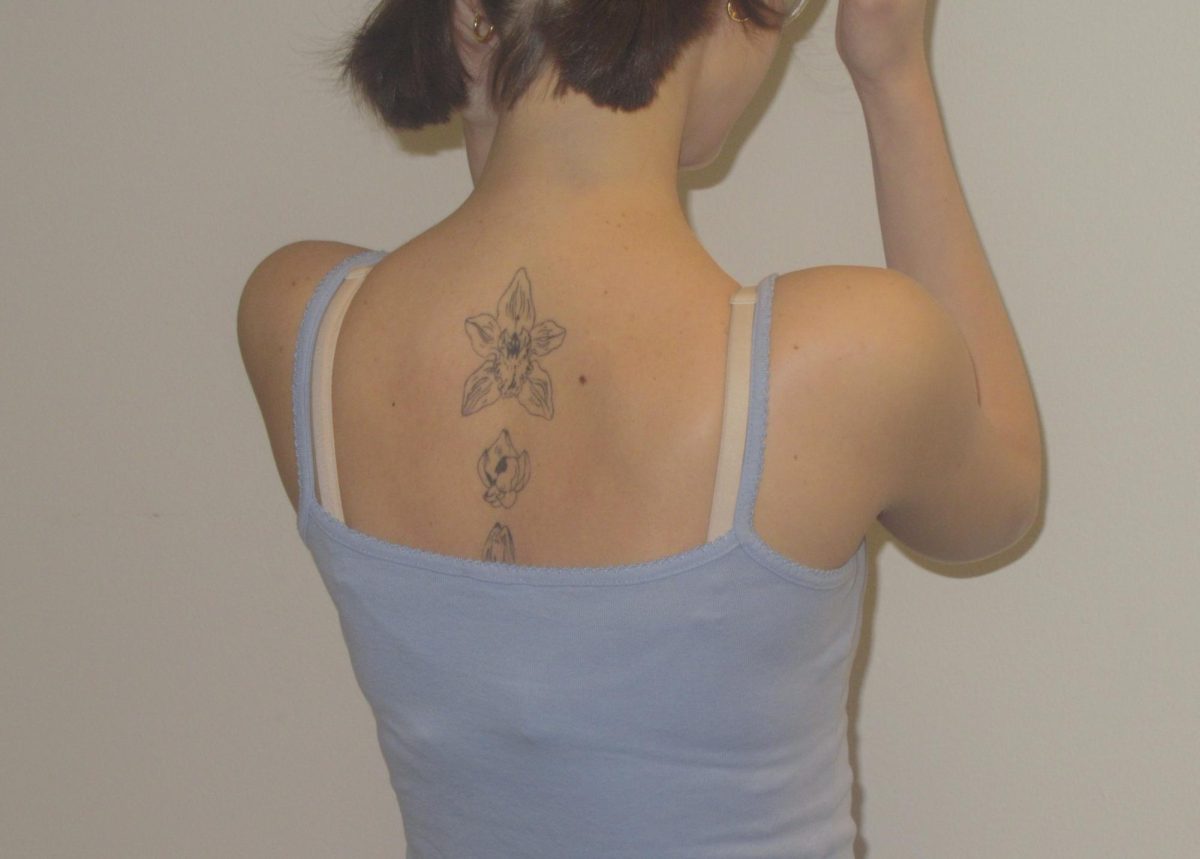Considering the effects of using technology in psychology
As technology continues to advance, an increasing number of companies are innovating unique ways to tackle real-world problems.
One of the newest achievements is the use of virtual reality, or VR, to solve chronic fears. Samsung has launched its #BeFearless app for those with a fear of heights. The company also has two other #BeFearless apps aimed at public speaking in both one’s personal and business life.
What makes these apps so unique and revolutionary is how they aim to help the user overcome common fears while the user is standing in their own home.
But while these apps show promise in the field of psychology to revolutionize how we care for patients, they lack the real-life component and psychological insight that helps with phobia extinction.
The fear of heights app uses an altered version of a psychological concept called “systematic desensitization,” where the user is subjected to increasingly fearful scenarios. Between each trial, the user is required to rate their emotions on as not nervous, a little nervous or very nervous.
If the app determines that you have passed the scenario with a “good” or “excellent” rating it will allow you to go onto the next, more frightening, scenario.
Psychologists use methods similar to this to cause the elimination of a classically conditioned fear. First, the patient must give a fear hierarchy of their phobia, which consists of a rating of scenarios, from least to most frightening.
Then, the psychologist will instruct them in relaxation techniques, such as deep breathing. However, this step has incited controversy as it allows patients to avoid their fear and never truly overcome it.
Finally, the patient and psychologist will work through each level of their hierarchy until they are able to go through each step without fear.
But the innovative #BeFearless series apps allows this process to be brought into one’s own home.
There is no question that this development in technology has amazing potential. However, it currently has some concerning aspects.
It is unclear if these apps were designed alongside an actual psychologist to ensure their effectiveness. It is also unclear if these apps have produced any real progress for their users.
Unlike true systematic desensitization where the patient is directly exposed to their fear, the user in these scenarios experience their fear through a VR set, meaning one can easily pull off the set to avoid their fear and be brought back to the safety of their own home.
While this last point is not necessarily a bad thing, it does defeat the purpose of exposing the person who is suffering from a phobia to their phobia so that they may overcome it. No matter how idealistically efficient the concepts of these apps are, they suffer from the fact that they are not real experiences.
So, even if an user does see results, it would be impossible to tell if this was because they are actually overcoming their fear, or are becoming more aware of the fact that these scenarios are computer generated.
For now, it is probably best to continue with psychologist-run systematic desensitization sessions to overcome phobias instead of relying solely on technology. The #BeFearless apps are a great first step, but they do not replace what a psychologist and real-life experiences offer.
While we continue to use our technology in new innovative ways, it is important to remember that there are still aspects of human knowledge that we cannot replace.

















































































